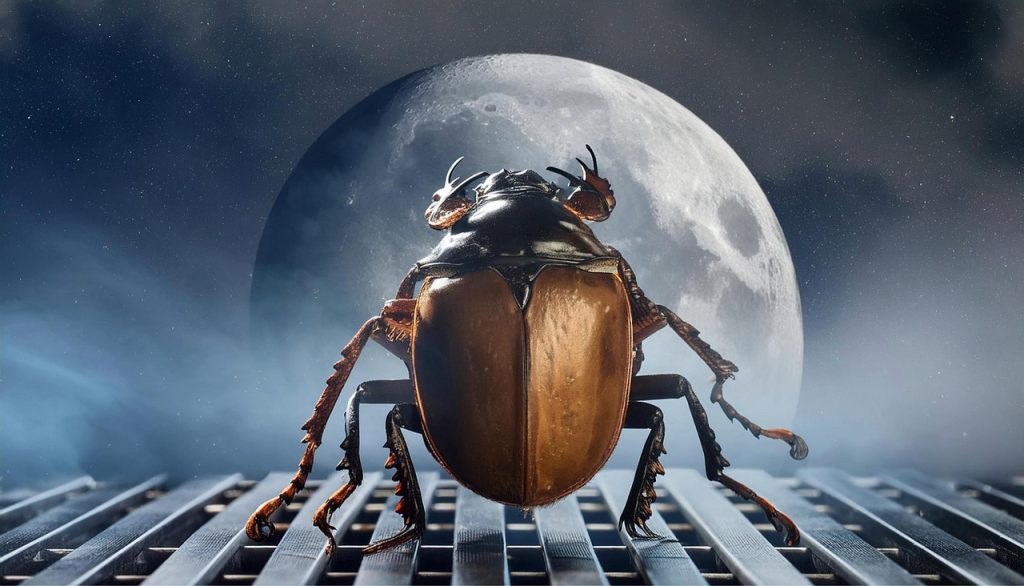The Cavity Structure Effect (CSE): Unlocking Nature’s Secret for Advanced Flight and Technology
Scientists and engineers have long looked to nature for inspiration in solving complex technological challenges. One emerging concept gaining attention is the Cavity Structure Effect (CSE)—a phenomenon observed in certain natural structures that enhances aerodynamics, energy efficiency, and even propulsion. While still in the early stages of study, the CSE could revolutionize multiple fields, including aerospace engineering, robotics, and materials science.
What Is the Cavity Structure Effect?
The Cavity Structure Effect (CSE) refers to the way enclosed or layered cavities within a structure influence airflow, pressure distribution, and lift. This effect has been observed in biological systems, particularly in the wing structures of insects and birds. The concept suggests that specific cavity arrangements allow for a unique interaction between air and solid surfaces, leading to enhanced aerodynamic efficiency and even unconventional lift mechanisms.
Scientific Foundations of CSE
At its core, the Cavity Structure Effect relies on fluid dynamics principles. When air moves through and around structures containing internal cavities, it creates a complex interplay of vortices, pressure differentials, and energy redistribution. This can lead to:
- Increased lift-to-drag ratio – enhancing the efficiency of flight
- Reduced turbulence – leading to smoother airflow around surfaces
- Potential energy harvesting capabilities – as seen in certain bio-inspired designs
One of the earliest researchers to explore the Cavity Structure Effect (CSE) was Viktor Grebennikov, a Russian scientist and entomologist known for his work in biomimicry and insect-based aerodynamics. Grebennikov claimed to have discovered an unusual anti-gravity effect while studying the microstructures of certain insect wings, particularly beetles.
He suggested that the specific arrangement of microscopic cavities in insect exoskeletons could manipulate airflows and electromagnetic fields in ways that defied conventional physics. His most controversial claim was that he developed a levitating platform based on these principles, allegedly allowing him to hover and move through the air using natural geometric structures. While his findings remain debated within mainstream science, Grebennikov’s work has inspired further investigations into how natural cavity structures could enhance aerodynamics and propulsion—aligning with modern research into bio-inspired flight, such as Dr. Jintai Lin’s beetle-wing-based flying device. His legacy continues to influence researchers exploring unconventional lift mechanisms and nature-driven aerodynamics.
One of the most notable inspirations for CSE research comes from beetles, particularly their dual-wing system, which consists of hardened outer wings (elytra) and a more flexible secondary set used for flight.
Flying Device Inspired by Beetles
A scientist who has explored these principles in-depth is Dr. Jintai Lin, a researcher known for developing a flying device based on the observation of beetles’ two-wing system. By analyzing how beetles use their elytra to create lift-enhancing aerodynamic effects, Dr. Lin designed a prototype aircraft that mimics the multi-layered wing structures found in nature. His work demonstrated how cavity structures within wings could improve stability, efficiency, and even allow for unconventional lift-generation mechanisms.
Dr. Lin’s work has drawn comparisons to other bio-inspired flight technologies, such as drones modeled after dragonflies and hummingbirds. His research suggests that by applying CSE principles, engineers could develop lighter, more efficient flying vehicles with less reliance on traditional propulsion systems.
Potential Applications of CSE
The potential applications of the Cavity Structure Effect extend far beyond just aviation:
- Aerospace Engineering – Aircraft and drone designs could benefit from CSE by reducing drag and improving fuel efficiency.
- Wind Energy – Wind turbines incorporating CSE-inspired blade structures could capture energy more efficiently.
- Underwater Robotics – Similar cavity structures in aquatic environments could reduce drag and enhance maneuverability.
- Materials Science – Developing lightweight yet strong materials that mimic natural cavity structures for use in construction and manufacturing.
- Automotive Industry – Vehicles may integrate CSE-based aerodynamics to improve performance and fuel efficiency.
Looking Ahead
While CSE research is still evolving, its potential to transform multiple industries is promising. By continuing to study biological models and refining the engineering applications of cavity structures, scientists and engineers may unlock a new era of efficient, nature-inspired technology.
With pioneers like Viktor Grebennikov and Dr. Jintai Lin leading the way, the future of CSE-based flight and other innovations could reshape the way we think about transportation, energy, and materials design.
Read more about Cavity Structure Effect here- https://www.researchgate.net/publication/258347536_The_Cavity_Structure_Effect_in_Medicine_The_Physical_Aspect






More Stories
Why We Need to Decentralize Global Internet Services
What is The Jezebel Frequency
Thorium Nuclear Reactors Now a Reality and Other Advanced Energy Systems